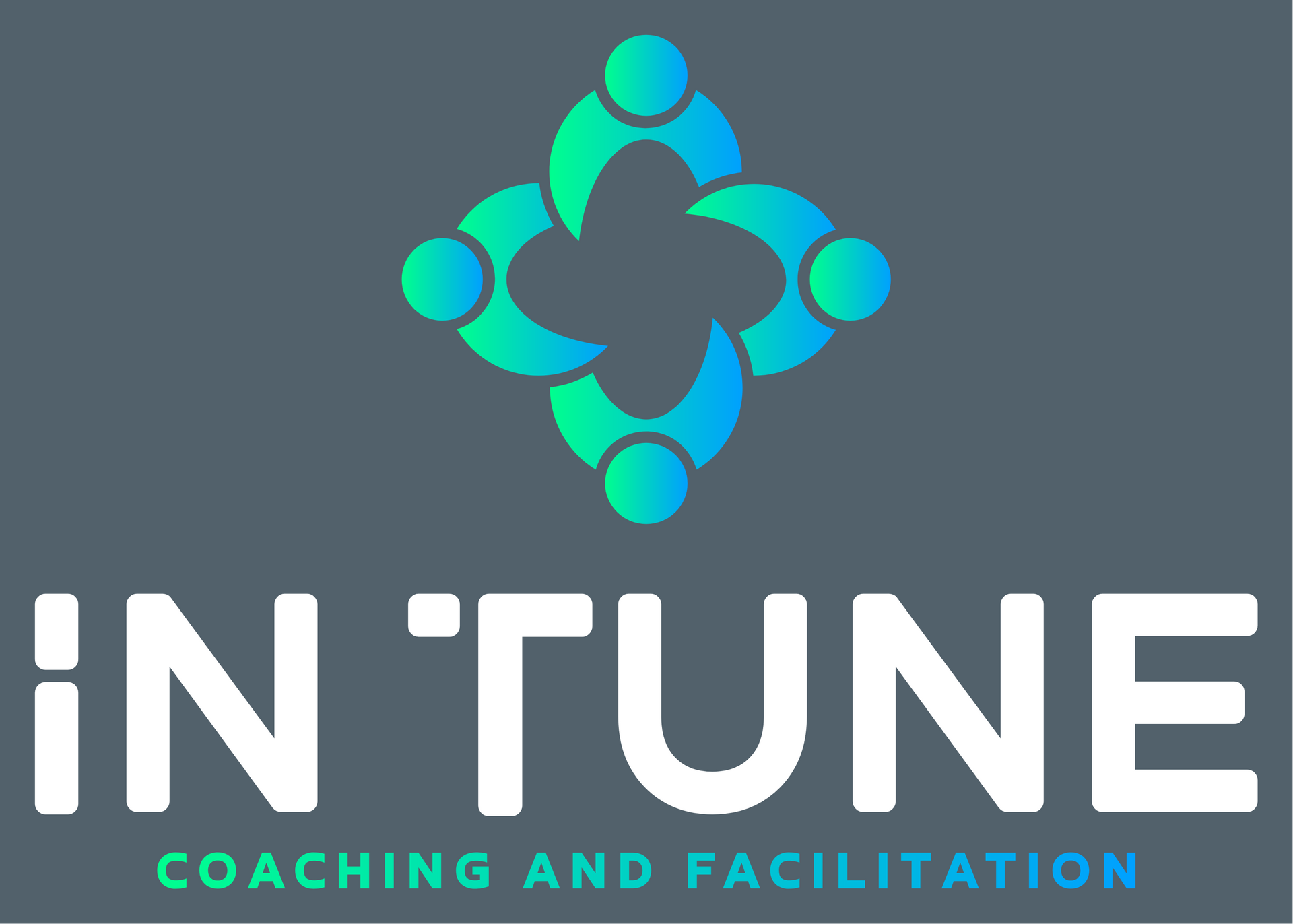Your Identity Is Too Small: The Real Reason You Procrastinate
"The need to procrastinate as a protection against criticism and failure is particularly strong for those who feel they have to succeed at one specific goal, seeing no acceptable alternatives. Those who gain their sense of identity from many areas are more resilient when failing in any one area." — Neil Fiore

You know the feeling. The blinking cursor on a blank page. The important project you keep pushing to "tomorrow." The difficult conversation you avoid. We label this feeling "procrastination" and blame it on laziness, poor discipline, or lack of motivation. We beat ourselves up for it.
But what if procrastination isn't a character flaw? What if it's a brilliant, subconscious act of self-preservation? Neil Fiore's work reveals a stunning truth: we often procrastinate not because we're lazy, but because our sense of self is so fragilely tied to a single outcome that the mere possibility of failure feels like a threat to our entire identity. You aren't avoiding the work; you are protecting yourself.
Our culture glorifies the singular focus. We’re told to "find our one thing," to have a "North Star metric," to build a personal brand around a single expertise. As leaders, we put immense pressure on ourselves and our teams to hit that one critical target, launch that one perfect product, or achieve that one defining success.
The unintended consequence? We create identities that are incredibly brittle. When our entire sense of worth is wrapped up in being "the leader who successfully executes the merger" or "the founder who builds a unicorn," the stakes become terrifyingly high. Failure isn't just a professional setback; it feels like a personal annihilation. In this context, procrastination isn't lazy—it's a deeply rational strategy to delay a potential verdict on your self-worth. This is for the perfectionists, the high-achievers, and the leaders who feel crushed by the weight of their own ambition.
The Diversified Identity Portfolio
The antidote to this fear-based procrastination isn't more discipline; it's a more resilient identity. Think of your sense of self like a financial portfolio. A smart investor would never put 100% of their net worth into a single, volatile stock. It’s far too risky. Yet, many of us do exactly that with our identity, investing all of our self-esteem into our job title or one specific goal.
The Diversified Identity Portfolio is a framework for building a more robust and resilient sense of self. It’s about consciously cultivating worth from multiple sources.
- The Single-Stock Identity (High Risk): When "who you are" is synonymous with "what you do," any criticism or failure at work is a direct hit to your core. Your self-worth is volatile, rising and falling with external validation.
- The Diversified Portfolio (Resilient): When "who you are" is a collection of roles, passions, and connections, a setback in one area is just a dip in one part of your portfolio. Your overall self-worth remains stable.
Your Identity "Assets" Might Include:
- The Professional: Your skills, career, and role at work.
- The Learner: Your curiosity, the books you read, the new skills you're acquiring (coding, a language, playing guitar).
- The Connector: Your role as a parent, friend, mentor, or partner.
- The Creator: A hobby where you make something—writing, painting, gardening, cooking.
- The Athlete: Your commitment to physical well-being—running, yoga, team sports.
- The Contributor: How you give back through volunteering or community involvement.
When you are more than just your job, a failure at your job is no longer a failure of you.
Portfolio in Practice
Conduct an Identity Audit
- Grab a piece of paper and draw a pie chart. How much of your identity pie is currently filled by "My Job"? How much is "Parent," "Friend," "Artist," "Learner"? Be honest. The visual will be telling.
Schedule "Portfolio-Building" Time
- Intentionally block time on your calendar for the other parts of your identity. This is not a "break" from important work; it is the work of building resilience. Label it: "Invest in Learner Self" or "Connect with Friend Self." Treat it with the same seriousness as a board meeting.
Reframe Setbacks as "Asset-Specific Data"
- The next time you face a professional failure, consciously reframe it. Say to yourself: "This is feedback on the 'Professional' part of my portfolio. It doesn't touch the 'Parent,' 'Learner,' or 'Creator' parts." This contains the emotional impact.
Lead the "Whole Person" Conversation
- Bold header: As a leader, you can fight this for your whole team. Start meetings by asking what people are learning outside of work. Celebrate someone's commitment to a personal hobby. When you model that people are more than their KPIs, you create a culture that is less afraid of failure and therefore more innovative.
Procrastination is often a symptom of a deeper fear—the fear that if we fail at this one thing, we are a failure as a person. The most powerful way to overcome it is not to force yourself to work harder, but to expand the definition of who you are. By diversifying your identity, you give yourself the greatest gift a leader can have: the freedom to dare, to risk, and to fail without losing yourself.
Look at your to-do list.
What task are you avoiding, and what part of your identity are you trying to protect by avoiding it?
Now, what is one small action you can take this week to invest in a different part of your identity portfolio?
Recommended Reading
- The Now Habit by Neil Fiore: The essential guide to understanding and overcoming procrastination, from the author of the quote. (Amazon)
- Designing Your Life by Bill Burnett & Dave Evans: Provides brilliant frameworks for exploring different versions of yourself and building a life with multiple sources of fulfillment. (Amazon)
- Daring Greatly by Brené Brown: Explores the courage to be vulnerable and how it's essential for a wholehearted life, which requires a resilient identity. (Amazon)
As an Amazon affiliate, I earn from qualifying purchases made through the links on this page.
Stay Tuned with Tune In: Your Go-To for Inspiration and Personal Growth
Join the In Tune community and get exclusive updates on our latest blog posts straight to your inbox! ✨
From mindfulness tips to insights on living a more fulfilling life, we’ve got the tools to help you tune into your best self.
Sign up today and never miss a beat! 🎶




